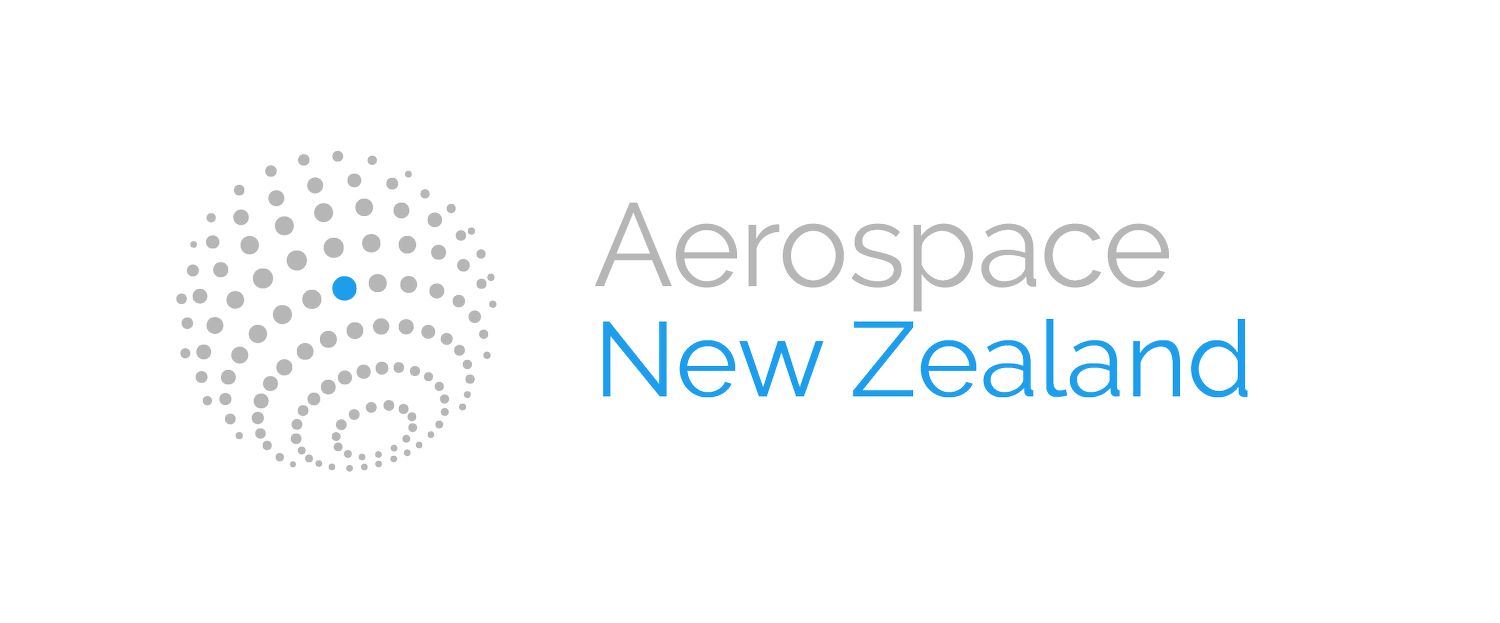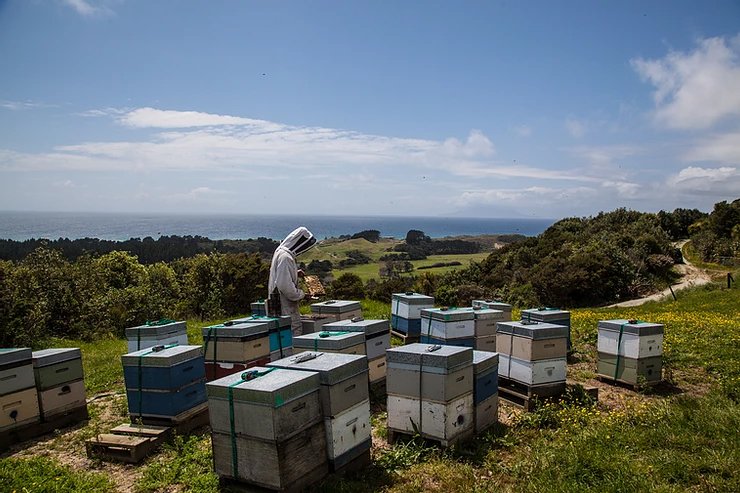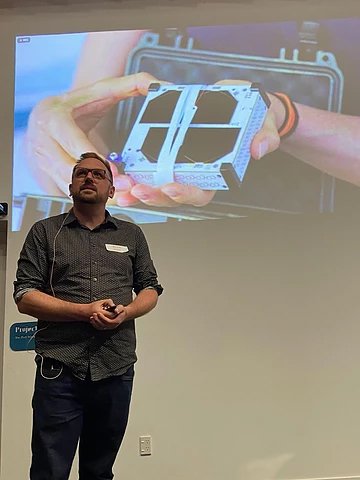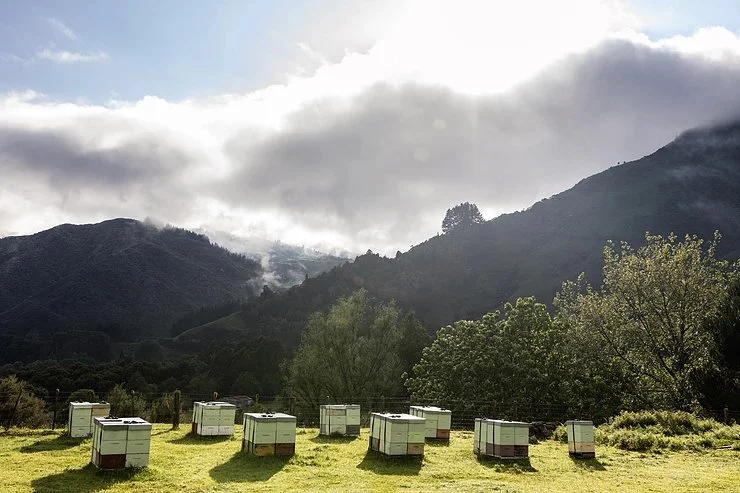Brush Technology and Hivemind, Where Beehives Meet Aerospace!
Brush Technology is an internet-of-things (IoT) design company based in Christchurch, New Zealand. Brush have been specialising in IoT for >12 years – since before it was even called “IoT”!. The team at Brush are excited about the new CubeSat technology currently being launched which significantly reduces the cost of satellite data.
Founded in 2006, by 3 brothers who between them, their skill set nicely covered the niche for internet-of-things product development. Since then, the team at Brush has grown considerably. The majority of the projects Brush work on are confidential research and development contracts. However, the team have just finished developing a big new feature for Flightcert, which is software they make for tracking aircraft maintenance and inventory.
Perhaps their most fascinating and innovative project yet, Brush is currently finishing up a new Gen3 product for Hivemind, a satellite-connected remote beehive monitoring system which is exported around the world. Already pioneers of beehive monitoring having 6 years of colony data collected from thousands of hives all over the world, Hivemind have partnered with aptly named SWARM satellite network.
Using a cluster of SWARM satellites, Hivemind will be able to connect to the remote monitoring beehive devices more often, across a longer distance, monitoring more hives from anywhere in the world, perfect for the many manuka honey beehives that are placed in remote locations only accessible by helicopter.
This data collected via Hivemind’s reporting console provides beekeepers with insights to not only help run their businesses better but to also help keep their bees happy, healthy and know when it’s time to harvest.
Matt Scott, Project Manager at Brush Technology says, “I get excited about the potential that Hivemind has to make a difference to the efficiency of pollination for food growers. Growers get all kinds of data about their water, fertiliser, etc – but when it comes to pollination, it’s a 150 year old black box. No one has any idea what is actually going on inside the hive unless they open it and have a look, and pollination is their second biggest risk – after water. In the USA they lose 40% of their bees every year to mortality. So it feels like there is a real opportunity to make an impact in this space”.




